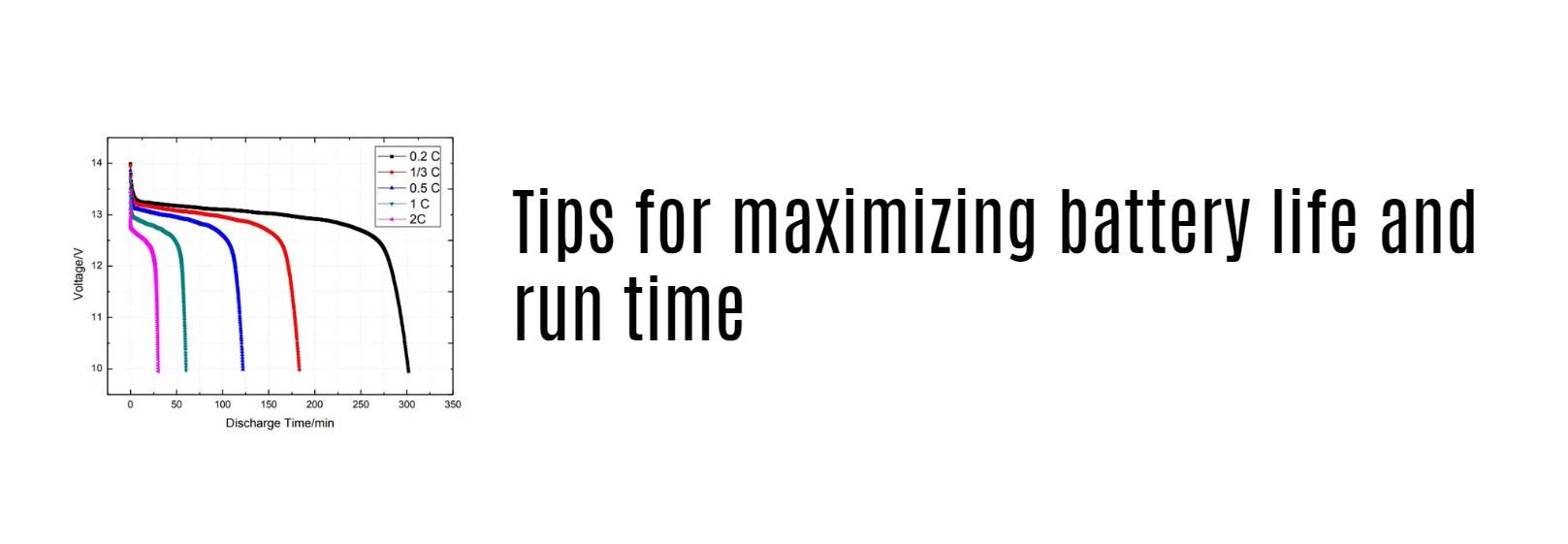- Forklift Lithium Battery
- Golf Cart Lithium Battery
- Rack-mounted Lithium Battery
51.2V 100Ah Rackmount LiFePO4 Battery
8000 times (80% DOD 0.5C)
Optional SNMP for TELECOM - Car Starter Battery
- 12V LiFePO4 Battery
12V 150Ah Lithium RV Battery
Bluetooth App | Self-heating
LiFePO4 | Group 31
UL 1642 | IEC 62619 - 24V LiFePO4 Battery
- 36V LiFePO4 Battery
- 48V LiFePO4 Battery
- 60V LiFePO4 Battery
60V 100Ah Lithium Battery (AGV, AMR, LGV)
Peak Discharge Current 400A
500 x 298 x 349 mm - 72V~96V LiFePO4 Battery
72V 100Ah Lithium Golf Cart Battery
Peak Discharge Current 315A (10S)
740 × 320 × 246 mm - Wall-mounted Lithium Battery
51.2V 100Ah 5kWh
Wall-mounted Battery532 x 425 x 170 mm / LiFePO4
>8000 Cycles (80% DOD 0.5C)
RS485 / CAN-bus
for Solar Home ESS - Home-ESS All-in-One
51.2V 32kWh
All-in-On HESS SystemPowerAll
51.2V / LiFePO4
>8000 Cycles (80% DOD 0.5C)
RS485 / CAN-bus / WiFi
All-in-One for Home ESS
How Does Higher Ah Rating Impact Battery Runtime?

The amp-hour (Ah) rating of a battery is a crucial indicator of its capacity and potential runtime. Generally, a higher Ah rating means that a battery can deliver power for a longer period before needing to be recharged. However, other factors also play significant roles in determining actual runtime.
How Does Amp-Hour (Ah) Rating Affect Battery Runtime?
The Ah rating directly influences how long a battery can power a device. For example, a 100 Ah battery can theoretically provide 1 amp of current for 100 hours or 10 amps for 10 hours. This relationship allows users to estimate how long their devices will run based on their power consumption.
| Battery Capacity (Ah) | Current Draw (A) | Estimated Runtime (Hours) |
|---|---|---|
| 100 Ah | 1 | 100 |
| 100 Ah | 10 | 10 |
| 50 Ah | 5 | 10 |
What Is the Relationship Between Battery Capacity and Power Consumption?
Battery capacity is measured in amp-hours (Ah), which indicates how much current a battery can deliver over time. The relationship between battery capacity and power consumption is vital for calculating runtime. For instance, if you have a device that consumes 5 amps and you use a 100 Ah battery, the runtime can be calculated using the formula:
Runtime=Battery Capacity Ah Current Draw A
This means the runtime would be 100 Ah5 A=20 hours.
Which Factors Influence Battery Runtime Beyond Ah Rating?
While the Ah rating is significant, several other factors also impact battery runtime:
- Depth of Discharge (DoD): The percentage of the battery that has been discharged relative to its total capacity affects how long it can last.
- Battery Age: Older batteries may not hold their charge as effectively as new ones.
- Temperature: Extreme temperatures can reduce efficiency and performance.
- Device Power Consumption: Devices with higher power requirements will deplete the battery faster.
| Factor | Impact on Runtime |
|---|---|
| Depth of Discharge | Affects usable capacity |
| Battery Age | Reduces effective capacity over time |
| Temperature | Extreme conditions can decrease efficiency |
| Device Power | Higher consumption leads to shorter runtimes |
Why Is Depth of Discharge Important for Battery Lifespan?
Depth of discharge refers to how much of the battery’s capacity has been used. Maintaining an optimal DoD is crucial for prolonging battery life. For instance:
- Lithium batteries typically last longer when discharged to around 20-80% of their capacity.
- Lead-acid batteries should not be discharged below 50% to avoid damage.
Using batteries within recommended DoD ranges helps maximize their lifespan and performance.
Can Higher Ah Ratings Compensate for Increased Power Demands?
Higher Ah ratings can indeed compensate for increased power demands from devices. For instance, if you upgrade from a 50 Ah to a 100 Ah battery while using devices that draw more current:
- The larger capacity allows for longer runtimes even with higher consumption rates.
- However, it’s essential to ensure that your charging system can handle the increased capacity and that there is enough space for the larger battery.
Expert Views
“Understanding amp-hour ratings is vital for anyone relying on batteries for critical applications,” states an expert at Redway Power. “While higher Ah ratings generally mean longer runtimes, users must consider other factors like depth of discharge and device power requirements to optimize performance.”
Conclusion
In summary, while a higher amp-hour (Ah) rating typically indicates longer potential runtimes for batteries, actual performance depends on various factors including depth of discharge, device power consumption, age of the battery, and environmental conditions. By understanding these relationships and optimizing usage patterns, users can ensure they get the most out of their batteries.
FAQ Section
- Q1: Does a higher Ah rating always mean longer runtime?
A1: Generally yes, but actual runtime also depends on factors like device power consumption and depth of discharge. - Q2: What is depth of discharge?
A2: Depth of discharge refers to how much of a battery’s total capacity has been used; maintaining an optimal DoD is crucial for longevity. - Q3: How do I calculate my device’s runtime?
A3: Use the formula: Runtime = Battery Capacity (Ah) / Current Draw (A). - Q4: Can temperature affect my battery’s performance?
A4: Yes, extreme temperatures can reduce efficiency and overall performance of batteries.


















